Humans news stories

The “bad trip” is one of the most common caveats against psychedelics. Sometimes it’s mentioned as a well-intentioned warning for first-timers and a reminder for seasoned users, while others use it as a fear-mongering tool meant to discourage any and all psychedelic experiences.
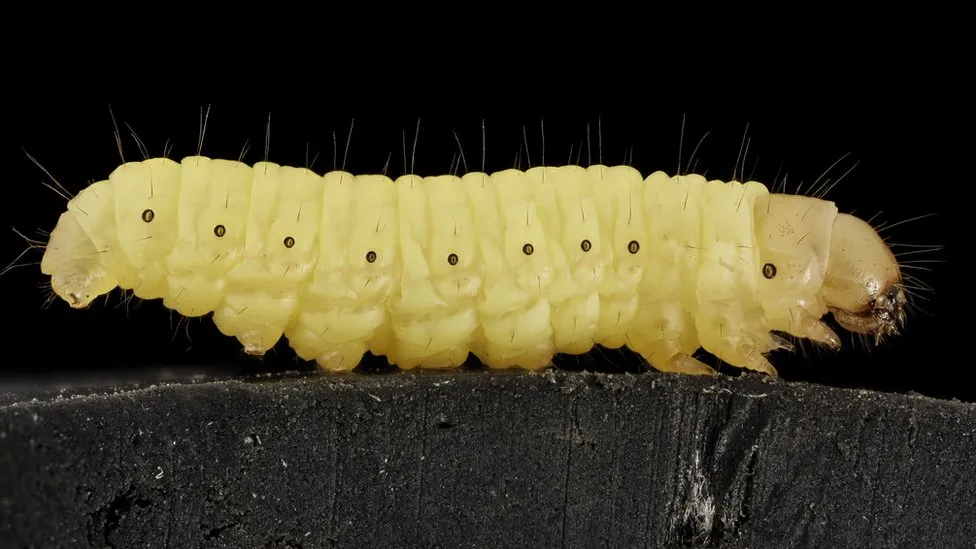
One of the worst forms of plastic pollution may have met its match in the saliva of a humble worm. Spanish researchers say they’ve discovered chemicals in the wax worm’s drool that break down polyethylene, a tough and durable material.

Compounds in these medicinal fungi may be natural “smart drugs.”

“It’s about 8,200 years old,” says Dr Alison Burns, pointing to a perfectly preserved human footprint pressed into ancient mud on Formby Beach. It is one of hundreds of newly discovered ancient footprints here. The first date back almost 9,000 years and the youngest of the prints are medieval – about 1,000 years old.
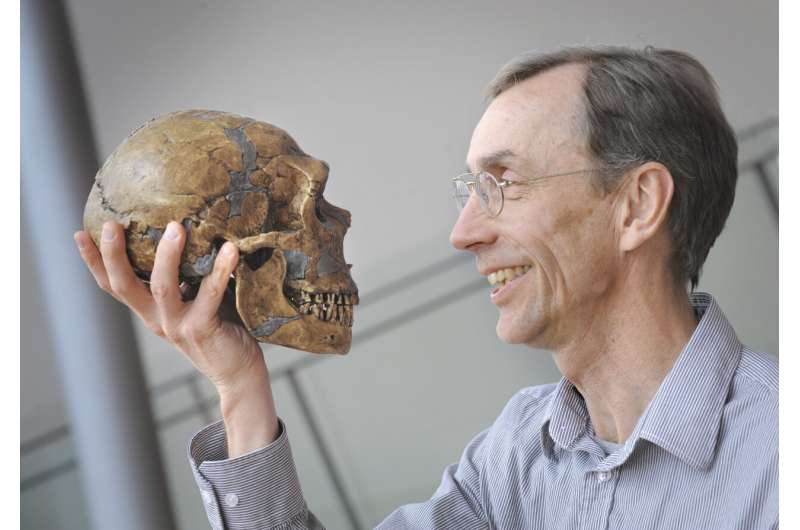
Paabo spearheaded the development of new techniques that allowed researchers to compare the genome of modern humans and that of other hominins—the Neanderthals and Denisovans.

Built by indigenous masons, these 1,500-year-old pyramids are still standing strong, held together by sticky juice from the prickly pear cactus.
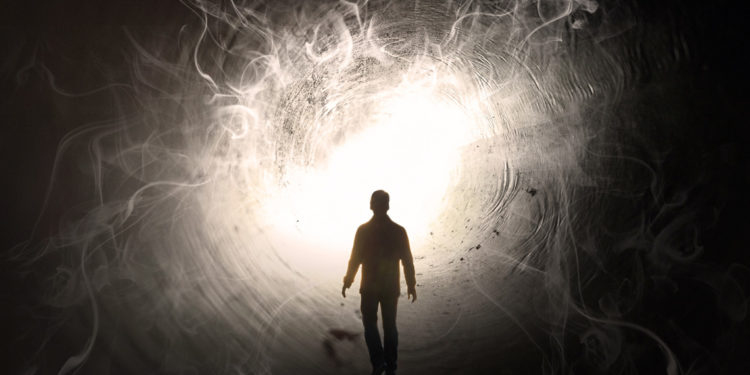
A recent new study compares the transformational effects of NDEs and psychedelics, conducted by researchers at John Hopkins University School of Medicine in the US.
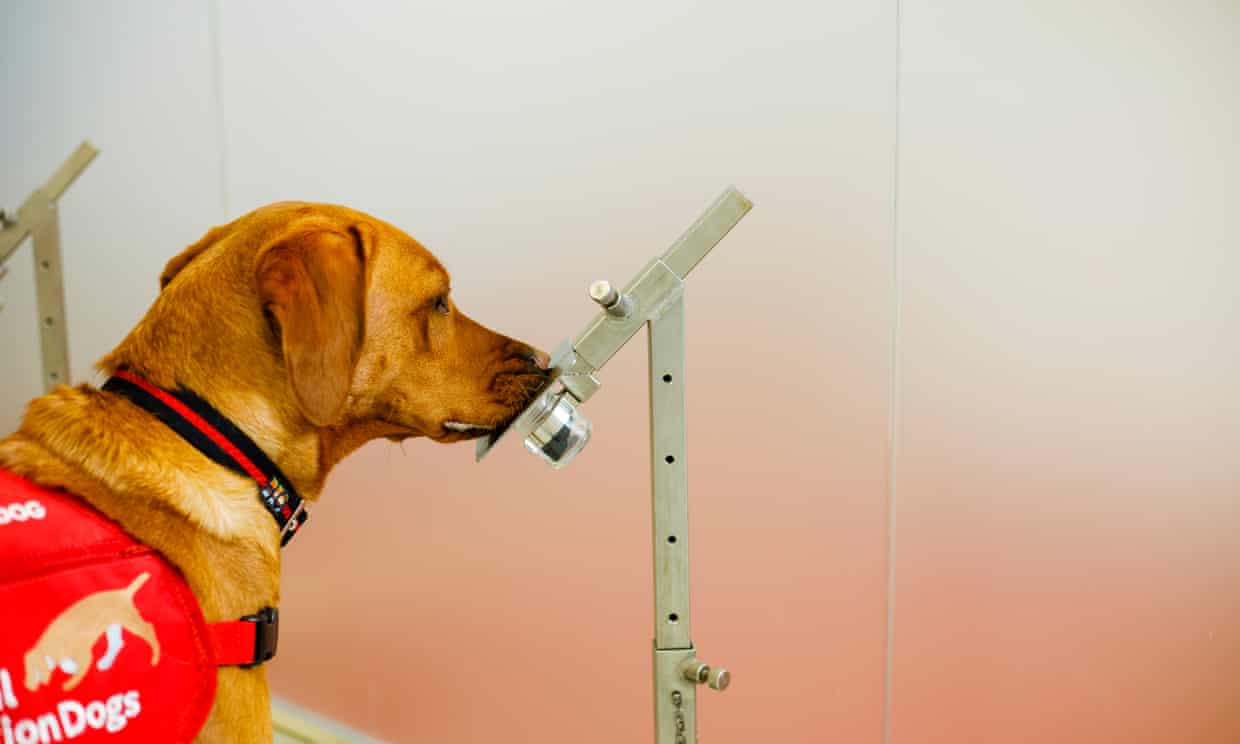
Whether it’s a tricky maths problem or an unexpected bill, daily life is full of stressful experiences. Now researchers have found that humans produce a different odour when under pressure – and dogs can sniff it out.
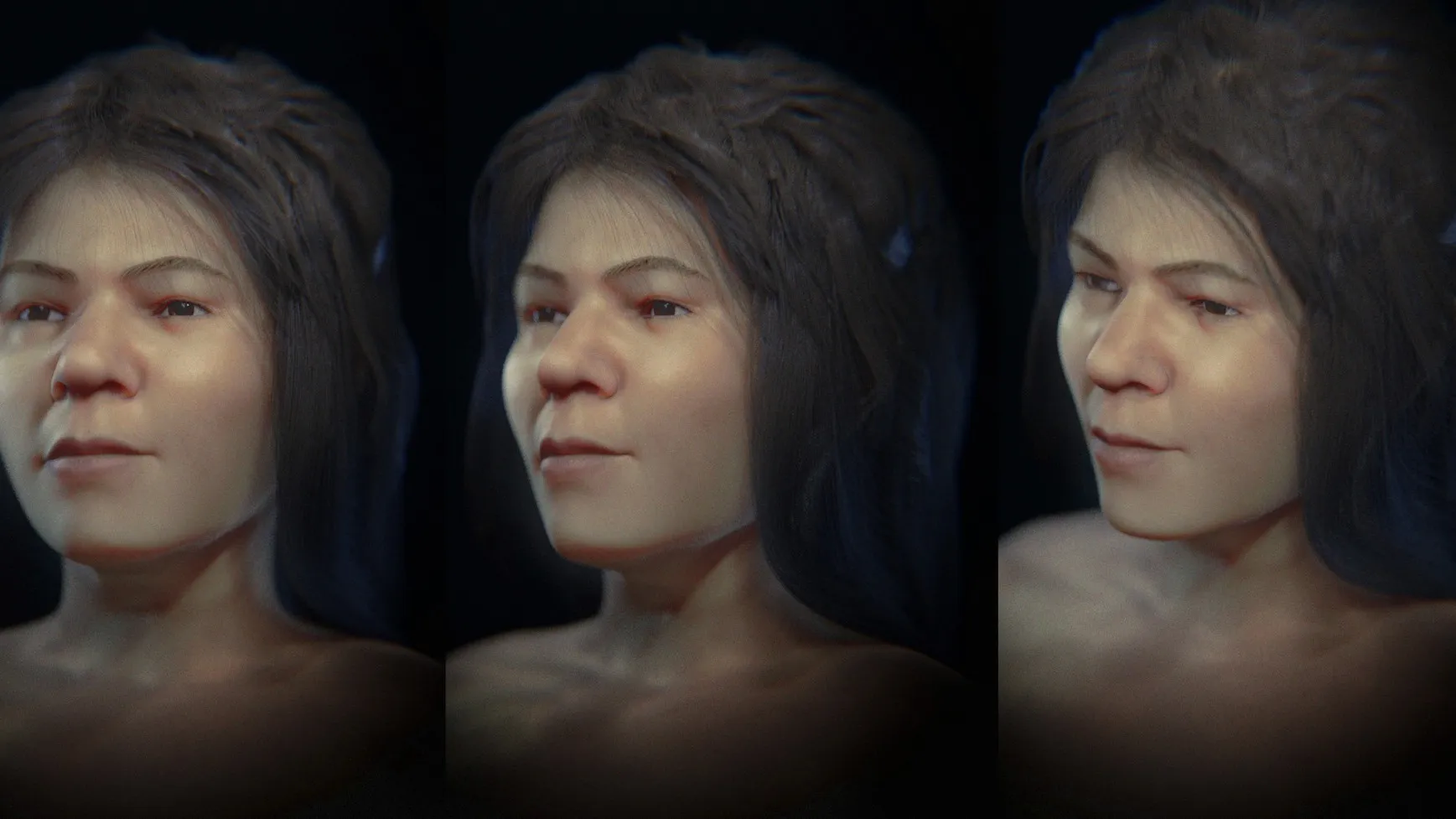
In 1881, archaeologists unearthed the skull of a human buried inside a cave in Mladeč, a village in what is now the Czech Republic. At the time, researchers dated the skull to about 31,000 years ago and classified the individual as male. But they were wrong about the Stone Age person’s sex, a new study finds.
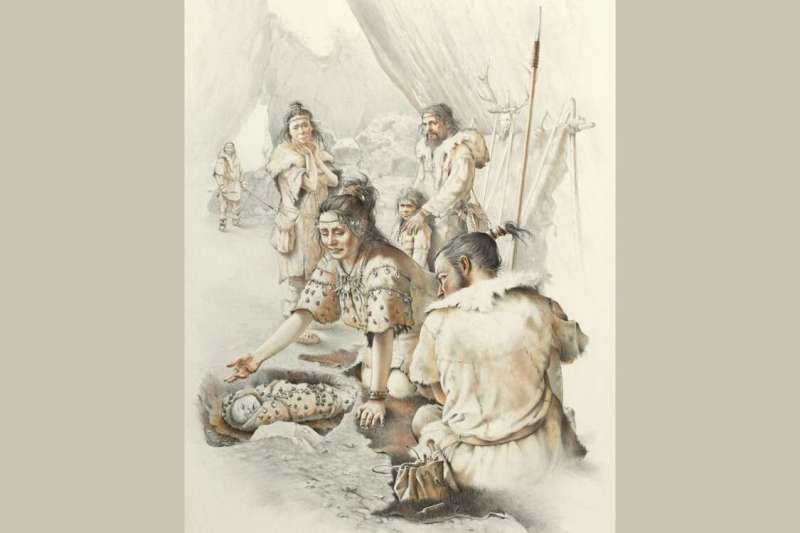
It seems logical enough: even in their earliest history, humans must have needed something to carry their babies around in as they moved from place to place. But because little hard evidence of this exists—no infant-sling fabrics discernible in archeological digs, and very few prehistoric baby burials, besides—it’s been anybody’s guess that the practice actually took place.

A 3,000-year-old canoe has been found in Lake Mendota in Madison, Wisconsin, less than a year after another historical canoe dating back more than a millennium was discovered in the same body of water.
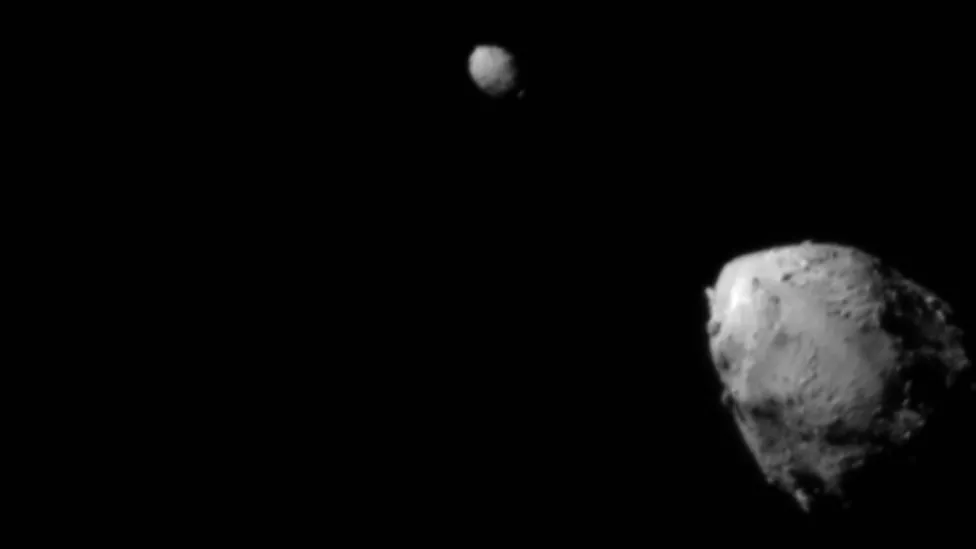
The American space agency’s Dart probe has smashed into an asteroid, destroying itself in the process. The collision was intentional and designed to test whether space rocks that might threaten Earth could be nudged safely out of the way.

Traditional custodians fighting to protect ancient rock art on the Burrup peninsula have raised concerns that construction work has begun at multiple sites despite the federal government ordering a cultural heritage assessment of the area.
A review in Frontiers in Environmental Science has shown that this mercury pollution comes from the ancient Mayans, who appeared to use a lot of the compound at certain points in their long history.

The findings are in the latest research to be published from analysis of 5.4 grammes of stones and dust that the Hayabusa-2 probe gathered from the asteroid Ryugu.
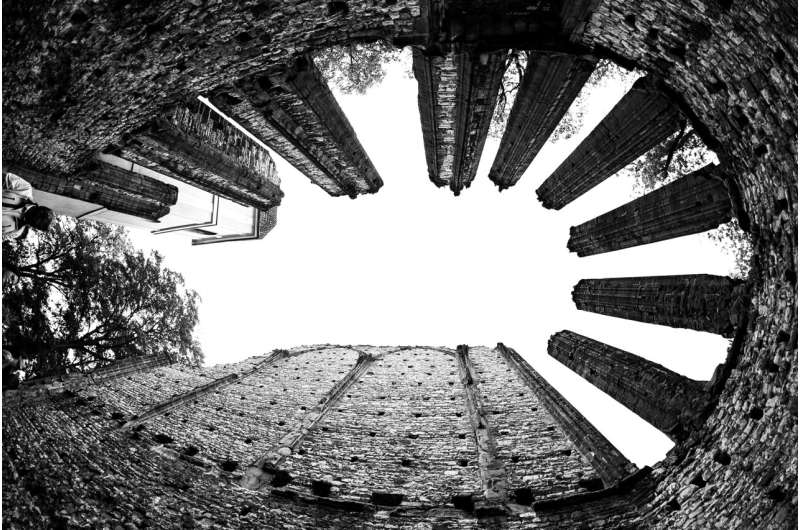
Char from ancient fires and stalagmites in caves hold clues to the mysterious disappearance of Neanderthals from Europe.








